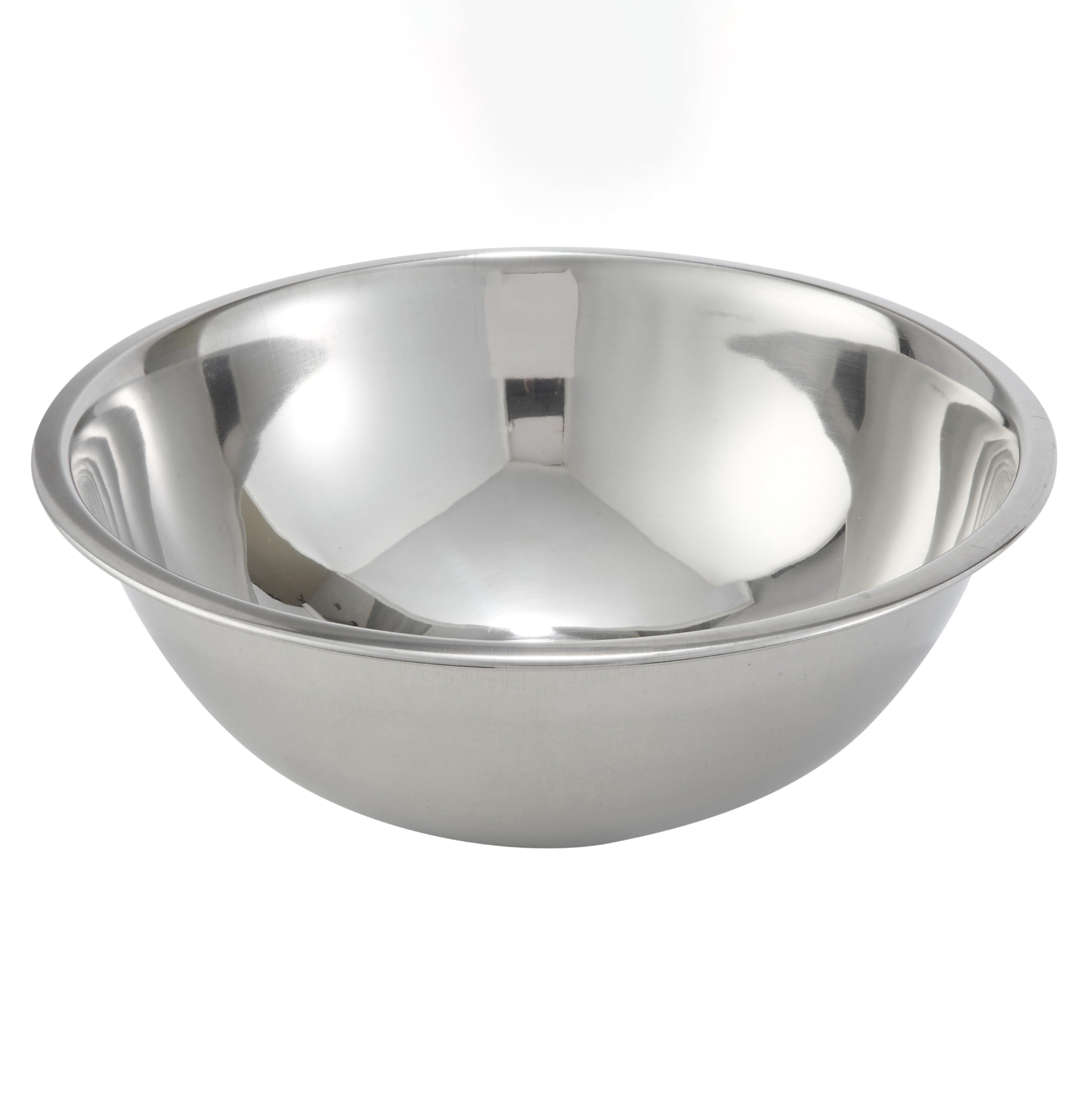Mrs. Berger’s
Tuna Salad
Serves 4-6Sometimes the best recipes are the simplest and require no cooking at all. Enter this light and fresh tuna salad, a perfect summer lunch that comes together in minutes. My mother-in-law made a version of this for me years ago, and I’ve been making it on repeat ever since. For those doubting the tuna, egg, and grape combination, trust me on this one, it works. Holding up very well in the fridge, it’s a convenient make-ahead lunch for a work week or day at the beach. It’s delicious in a cold sandwich, on a bed of greens, or paired with crackers.
WHAT YOU’LL NEED
INGREDIENTS
4 large eggs
3 cans tuna (5 oz. each), drained
2 celery stalks, finely chopped
¼ small red onion, finely diced
½ cup red seedless grapes, quartered
¼ cup dill, chopped
½ cup mayonnaise
Kosher salt & pepper
DIRECTIONS
Make the Hard-Boiled Eggs
Pour a few inches of water in a medium saucepan and bring to rolling boil. Using a large spoon or spider, gently lower the eggs into the pan. Boil the eggs for 11 minutes, then carefully transfer to a medium bowl filled with ice water. Allow to cool for a few minutes in the ice bath before peeling. Once peeled, chop into small cubes.
Assemble the Tuna Salad
In a medium bowl, mix together eggs, tuna, celery, red onion, grapes, dill, salt and pepper until well combined. Mix in mayonnaise and taste to adjust with more salt, pepper, or mayo if needed. Serve chilled.
RECIPE NOTES & TIPS
We often substitute greek yogurt or plain hummus for mayo to add more protein. Both are delicious options if you’re wanting to lighten up this dish.
You can use whatever canned tuna you like, but I prefer the texture and mild flavor of white albacore tuna for this.
Cook time for hard-boiling an egg varies depending on your altitude. If you live in a high altitude area, you may need to add a minute or two to the boiling time.
If you over cook hard-boiled eggs, there will be a greenish-grey ring around the yolk. This happens because of a chemical reaction between sulfur in the egg white and iron in the yolk. Though still safe to eat, the eggs won’t have the best texture. To fix this, simply draw back your boiling time the next time!




